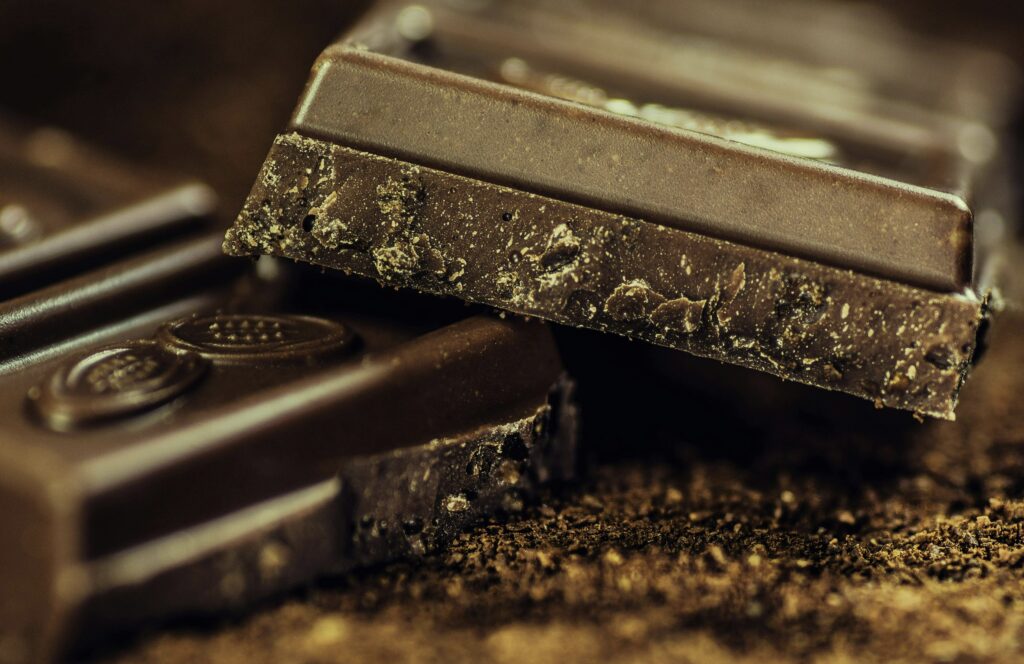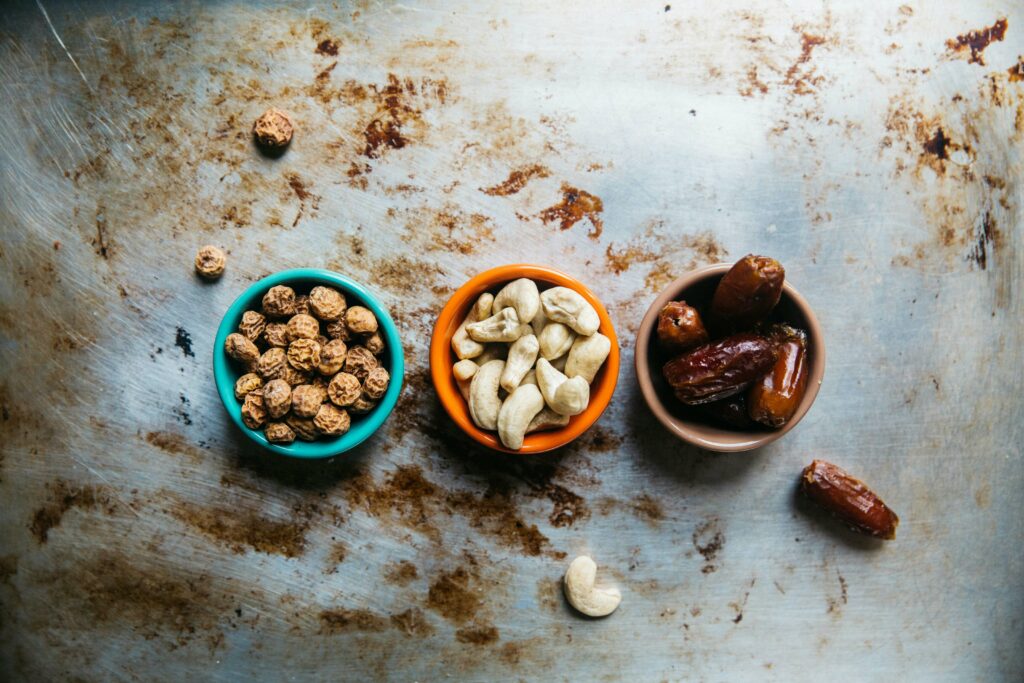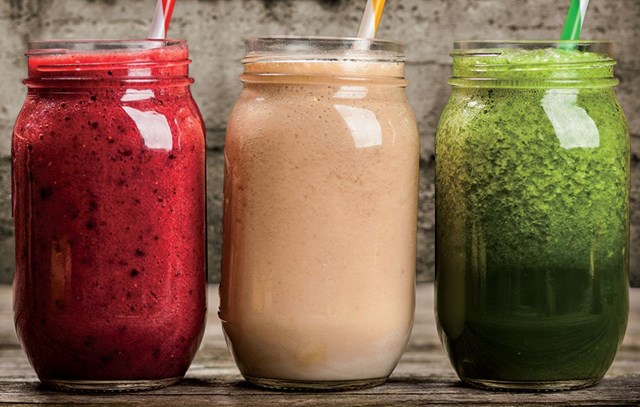Feeling flat, fatigued, perhaps a little moody? The never ending stress has us binging on Friends episodes and takeout more than we’d like, but poor food choices and late night Netflix might not be the only reason you’re feeling flat, in fact it could be possible that you have an iron deficiency.
Iron is one of the world’s most under diagnosed issues, affecting both men and women. Although it is quite common amongst women (particularly when it is their time of the month), iron deficiency also impacts many men – yes even the ones that love a big juicy steak.
As one of the most abundant minerals on earth, you’ll find iron in plants, animals, soil, air, water, rocks – EVERYWHERE! But when it comes to our bodies, the average person needs to absorb just 1mg of iron each day as plays an important role in producing red blood cells, heart health, immune function, energy levels, and healthy brain function.
Simply put, without enough iron, the human body cannot function properly. If you’re concerned your tiredness might not just be down to a few late nights, here we outline the common symptoms of iron deficiency, and what to do if you suspect this sounds like you and three tips to help you get that energy back.
Common Symptoms of an Iron Deficiency
Iron deficiency is one of the most widespread nutritional deficiencies globally, with over two billion people affected worldwide2. Here in Australia, approximately 38% of women aged 19-50 have some form of iron deficiency3, and shockingly, because the symptoms can just look like you’re run down from your busy life, they often go undetected for long periods.
Symptoms of iron deficiency often vary and can be obscure and subtle, which is why recognising them is often the biggest hurdle to getting a diagnosis. Some of the most common indicators that you’re potentially iron-deficient include:
- Weakness or dizziness
- Fatigue, exhaustion, and lack of energy
- Shortness of breath
- Brittle nails
- Difficulty doing high-intensity exercise
- Pale skin or cracked skin around the mouth
- Restless leg syndrome
If reading these symptoms has you thinking, ‘that sounds like me!’, it’s time to book in to see your GP to discuss your symptoms. If they suspect iron deficiency is the culprit, they will ask for a blood test to identify your iron levels.
Once you know whether iron deficiency is the cause of your tiredness, there are three ways to boost your iron intake: diet, supplementation, and meal times (yep, really).
Assess Your Diet
Often, an iron-rich diet is the key to restoring your strong and savvy healthy body. However, it’s important to remember that not all foods that contain iron are created equal.
There are two types of iron: haem iron – found in flesh foods, such as red meat, chicken, and fish, and non-haem iron – found in plant foods.
Haem iron is absorbed four to five times more efficiently than non-haem iron, but the absorption of non-haem iron is three times greater when consumed alongside foods containing vitamin C. So, to get the most out of your non-haem iron sources, being vegetarian foods — pair them with foods such as citrus fruits, berries, capsicums, broccoli, and leafy greens, all loaded with Vitamin C for that added absorption.
Don’t like cooking? Look for pre-packed meals that are nutritionally balanced to ensure you’re eating delicious meals that don’t skip on the essential vitamins and minerals. For example, Be Fit Food contains 4-12 vegetables (haem and non-haem iron) to ensure you’re getting everything you need for optimal body function.
Time Your Iron Rich Meals
This may sound strange – but hear us out. If you are low in iron stores, you can strategically time when to eat your high iron meals. Doing so will help with optimal absorption and assist your body to get the most of the iron.
A good way to start this is to eat your high iron meals outside of the times you’re planning on exercising. For example, if you are more active at night, opt for a high iron breakfast like oats topped with berries, hemp seeds, and cacao nibs. If you’re a morning person and prefer to get out of the house early, choose a high iron dinner rich with root vegetables, grilled steak, or lentils.
Exercise stimulates the release of a hormone that signals your body to reduce iron absorption. So by choosing to eat your high iron meals three or so hours from when you plan to training and bulking up your plate with foods high in Vitamin C, you can feel confident your body is absorbing all of that iron goodness!
Supplement Smarter
While sticking to a strict diet full of leafy greens, nuts, steak, and legumes might sound super exciting (not), we also don’t want you saying no to your favourite pasta or chocolate mud cake.
A great option to compliment a balanced diet is to incorporate an iron supplement into your daily routine. Depending on the cause of your iron deficiency, a supplement might be recommended by your health care professional.
Just like the high iron meals you choose to eat that need the powerful duo of Vitamin C for optimal absorption, so too will your supplements. Given we know that Iron and Vitamin C work so well together, looking at a supplement that provides both is a smart move. Something like Ferrogen Iron + Vitamin C contains both Ferrous Sulphate, a compound used to treat iron deficiency, and Vitamin C.
Your body craves nutrients, minerals, and vitamins to stay strong, savvy, and sexy; if you find yourself feeling lethargic, constantly tired, and moody, it’s best to head to your doctor to discuss your options.
—
Kate Save is an Accredited practising Dietitian, Exercise Physiologist and Diabetes Educator
And CEO & Co-Founder of Be Fit Food, a science-backed food and support program allowing Australians a healthy and sustainable weight loss solutions through eating nutrient-rich, real food.
In-text References:
- NHMRC. Nutrient reference values: Iron. https://www.nrv.gov.au/nutrients/iron (Accessed March 2019)
- WHO: https://www.who.int/whr/2002/chapter4/en/index3.html)
- Australian Health Survey: Usual Nutrient Intakes, 2011-12, http://www.abs.gov.au/ausstats/abs@.nsf/Lookup/by%20 Subject/4364.0.55.008~2011-12~Main%20Features~Iron~402 (accessed March, 2019); Ahmed, F et al – Iron Status among Australian adults findings of a population based study in Queensland, Australia, Asia Pac J Clin Nutr 2008;17 (1):4
















